By Aimee Hardy
Running Wild Press, 2024
Paperback: $18.59
Genre: Fiction
Reviewed by Katharine Armbrester
It’s interesting, isn’t it, how stories sometimes can’t be separated from the land they’re on.
During the Covid-19 pandemic, Eddy Sparrow requests an unfinished manuscript. She wants to know why her late mother was not only writing about but investigating another mother and daughter, along with their mysterious old home in the remote Georgia mountains.
Then a body is found, and the police arrive at her door.
The novel then turns back to the early 2000s, where the sensitive teenager “Cat” is grieving the loss of her mother. She returns to her mother’s historic home along with Ray, her mother’s last flame, who bizarrely gained full custody of a minor who is not even kin. (Obviously, Hardy knows how to set a foreboding scene—and she knows that the wheels of southern justice often turn on deadly absurdity.)
The house sighed when no one listened. I could hear it. Almost as if there’s someone there, behind the walls, someone creeping and watching and judging. No one ever tells you that there’s no happily ever after.
Cat bonds with Liz, Ray’s initially prickly niece. Liz offers financial and (gradually) emotional support and eventual escape from their stifling town. Their deepening friendship is assailed by gossipy church ladies, threatening men, and looming, unanswered questions about Cat’s mother and the house she loved.
Pocket Full of Teeth has an excellent premise with intriguing characters, and the descriptions of Cat’s inner tumult are particularly effective. Hardy’s choice to make her debut a work of Metafiction was ambitious but unwieldy from nearly the first page, when Eddy gives a trigger warning to Hardy’s readers during a police interview. It forever dates the book and is a discordant clanging cymbal in the novel’s opening chords.
Unfortunately, persevering readers will continue to be jolted out of the narrative whenever the Meta techniques rupture absorption in the story. Hardy’s replication of a newspaper article from the 1800s is excellently done, and one wishes she had utilized Victorian Era writings more. An example of the Meta devices repeatedly misfiring are the footnotes, which minutely explain everything from the story of Jack and the Beanstalk to Marathon gas stations yet ignore references to the Devil’s Hour and the Columbine High School Massacre that younger readers might not grasp.
Hardy’s storytelling and psychological insight into her characters are most powerful when she focuses on the tenuous friendship between Cat and Liz, as well as her gradual reveal of the inner life of Cat’s mother. But, purposefully or not, Hardy does a far better job describing the latter as likely suffering from a Cluster B Personality Disorder and does less well rendering her as either a paranormally “haunted” woman or as a likable mother. Unquestionably, Hardy’s novel is strongest when it focuses on two women rather than spreading her talents over two sets of mothers and daughters in multiple time periods and multiple fonts.
At its best, elements of Pocket Full of Teeth draw comparisons to the oeuvre of Du Maurier, with the novel’s callous landscape, weak men who resort to brutality, watchful and perceptive women who are familiar with herbal lore and “tinctures,” and a shadowy house that looks like a gaping wound on the horizon.
Hardy knows that whether a story is set in the 1800s, the 1990s, or the present, picturesque antebellum homes and the dirt beneath them are often saturated with horror, crime, and unusual punishment for nonconforming women. As far down as an author cares to dig, there are terrifying, untold stories. Hardy has begun that excavation, and her future novels promise to be absorbing and uncomfortable tales.
Katharine Armbrester graduated from the MFA creative writing program at the Mississippi University for Women in 2022 and is a freelance reporter for Starnes Media. She reviews literature for the Southern Review of Books and is also a contributor to Alabama Heritage magazine, Alabama magazine, and the Literary Ladies Guide, an archive dedicated to classic women authors.

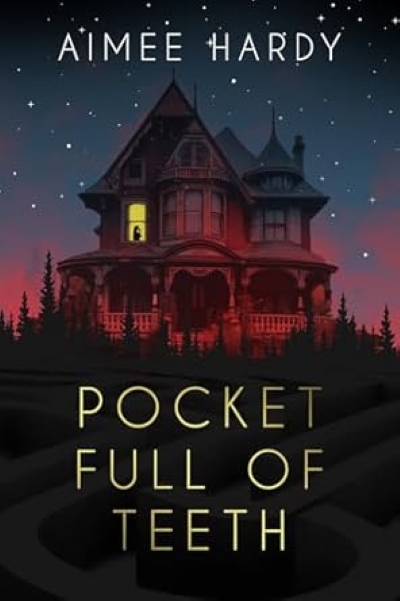
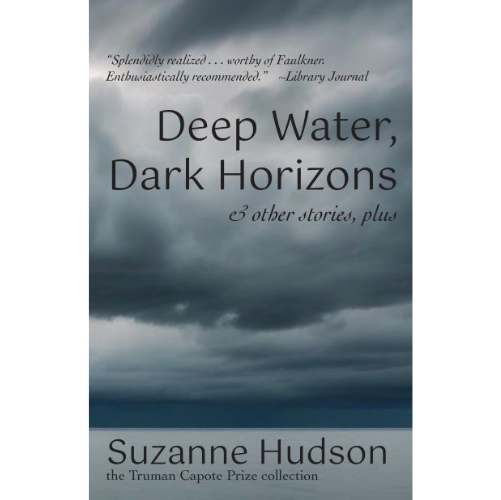
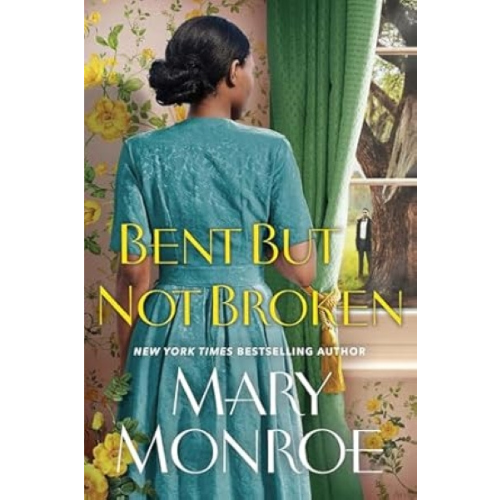
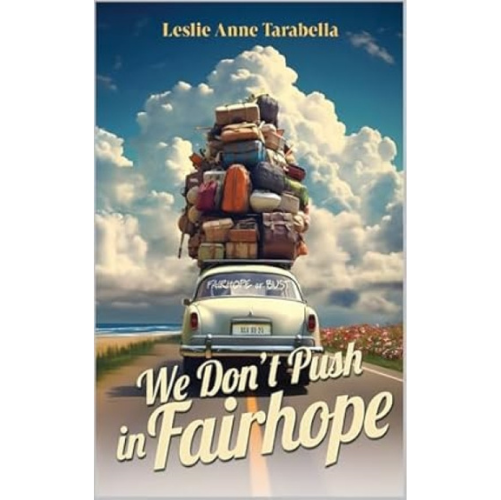
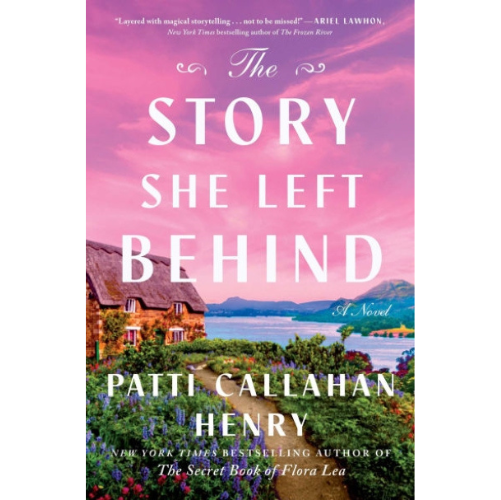

Leave A Comment
You must be logged in to post a comment.